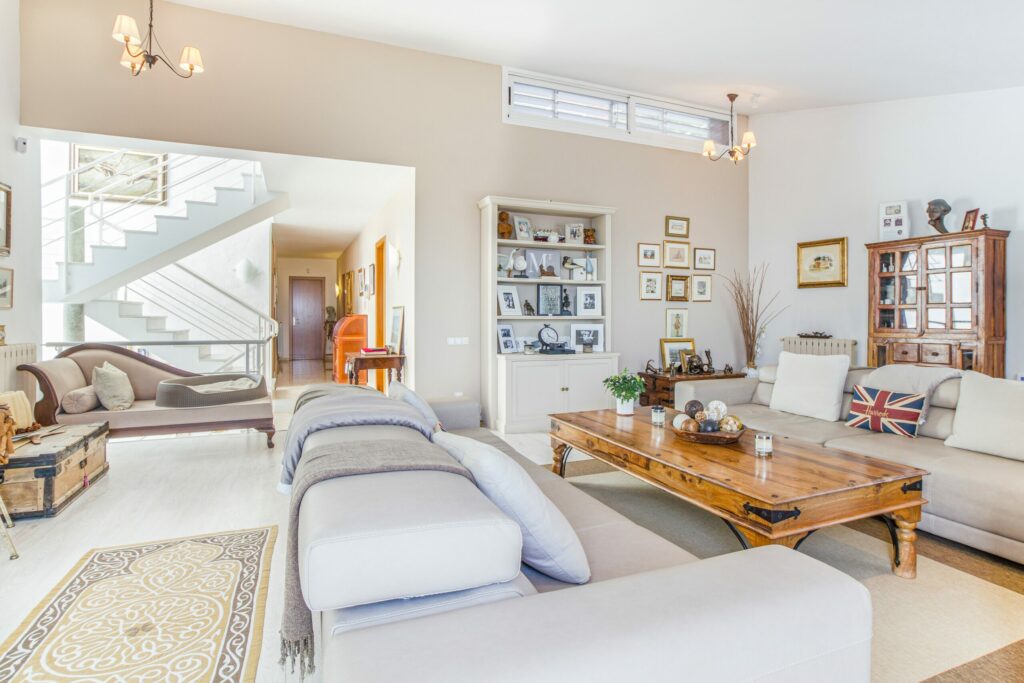
The Canadian Interior Design industry is thriving, pulling in a revenue of $1.8bn in 2022. While the past five years have shown an average growth of 3.4% per year, the future is equally promising with a predicted 12,000 new jobs by 2028.
There aren’t many professions where you get to be a technical wizard one moment and a creative genius the next. Combining that with the consistent industry growth has made a career in interior design a desirable choice for many. And one space, no pun intended, in interior design that is getting more interest than others is residential design.
What is a Residential Designer?
A residential designer is a professional with expertise in designing and planning residential spaces. This includes creating homes with a focus on improving functionality, enhancing aesthetics, and maximizing efficiency, all while adhering to building codes and safety regulations.
The road to becoming a residential designer includes multiple steps and various pathways. This guide provides all the information you need to become a successful residential designer.
Do I Need a Bachelor’s Degree to Become a Residential Designer?
To become a residential designer, you typically need a bachelor’s degree in interior design. A few things to consider when looking for the right program for you include:
Program Accreditations
The benefits of choosing a recognized, accredited program are twofold. For students, accreditations provide an assurance of high-quality education that is compliant with the standards set by the accrediting organization. For employers, accreditations ensure that graduates are ready for entry-level practice and have the foundations set for long-term professional growth.
A good starting point is to look for programs that are accredited by Council for Interior Design Accreditation (CIDA). If you want a more flexible learning option, Yorkville University offers the only online Bachelor of Interior Design program accredited by CIDA in Canada without a residency component.
Courses
When you are looking at undergraduate programs, give preference to those that cover a broad range of interior design topics. Ideally, the courses should be a good mix of design fundamentals, colour theory, design software, and codes and regulations. Some programs include internships as part of the program, which is a great way for you to get some hands-on experience and start building that impressive portfolio.
Building Your Residential Design Portfolio
No matter which aspect of interior design you want to specialize in, an interior design portfolio is required to start your professional journey. As an aspiring residential designer, you can start building your portfolio while you study.
The main goal of your design portfolio is to effectively showcase your design capabilities, but it should also provide a glimpse of your personality. If you don’t have examples of paid client work, there is nothing to worry about. Fresh graduates are expected to have a portfolio consisting of program projects and self-initiated work. A great way to graduate with an impactful portfolio is to look for programs that require you to complete a design thesis in the final terms.
Internships
While a robust interior design degree will cover all the aspects involved in working as a residential designer, an internship will give you the chance to work on the development of real-world projects. This is where you see the process from concept design to completion in action.
As mentioned above, some programs include up to 180 hours of internship work as part of the curriculum. Securing a permanent position from an internship is not unheard of. Many programs have faculty that are active and connected in the industry. They are a great resource when you are trying to find internship opportunities.
Working as a Residential Designer
Once you have worked under a professional interior designer, you will see more opportunities. Based on what your eventual goal is, you could pursue employment with design or architectural firms, property developers, or even homeowners. You are now also just one step away from working independently.
How to Earn Your Licensure
According to their website, the National Council for Interior Design Qualification (NCIDQ) Certification is the industry’s recognized indicator of proficiency in interior design principles and a designer’s commitment to the profession. Passage of the NCIDQ exam is required for you to gain your licensure in Canada and the United States, and work as a registered interior designer.
Quick Summary
- Get a clear picture of what it is like to work as a residential designer
- Always check for program accreditations and recognitions
- Find the program that best suits your goal
- Keep building your portfolio while you study
- Always keep an eye out for internship opportunities
- Get the required work experience and apply for your licensure
While there are many steps involved in becoming a residential designer, the work is equally rewarding. If you are interested in a CIDA-accredited program that includes a design thesis and industry internships, and helps you fulfill the education prerequisites to sit for your NCIDQ exam, look at Yorkville University’s Bachelor of Interior Design program.






